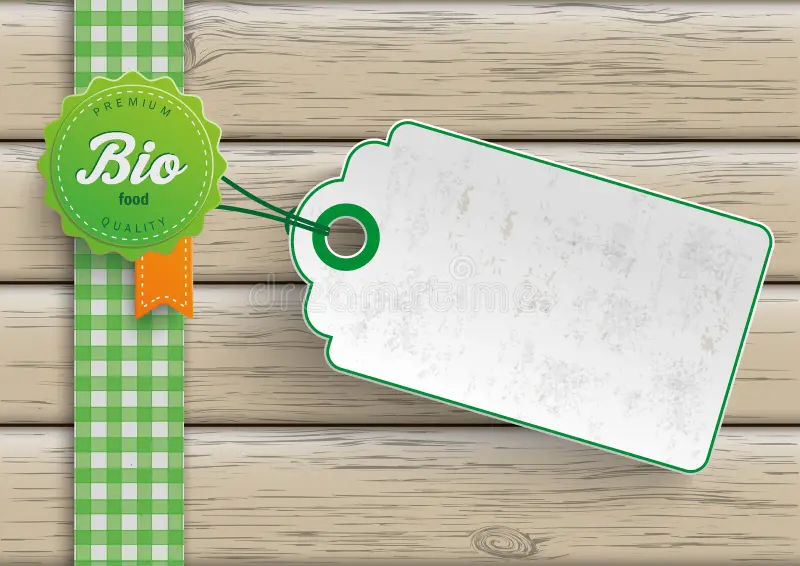Interior Wall Panels: Transform Your Space with Style and Function
Interior wall panels have evolved far beyond their traditional use. Today, they are a stylish, functional, and versatile design feature in both residential and commercial spaces. Whether you’re renovating a living room, designing an office, or adding texture to a feature wall, wall panels offer an elegant solution that combines aesthetic appeal with practical benefits.
What Are Interior Wall Panels?
Interior wall panels are pre-fabricated sections made from a variety of materials such as wood, MDF, PVC, fabric, metal, or composite materials. They are installed directly onto interior walls to add texture, depth, insulation, and decorative interest. Unlike standard paint or wallpaper, wall panels offer a more dimensional and tactile design element, making spaces feel richer and more sophisticated.
Types of Interior Wall Panels
1. Wood Panels
Wood panels offer warmth and natural beauty, making them ideal for both traditional and modern interiors. Options include solid wood, engineered wood, or reclaimed timber. They can be stained, painted, or left unfinished for a rustic look.
Popular styles:
- Shiplap
- Tongue and groove
- Beadboard
- Slat wood (vertical or horizontal)
2. MDF Panels
Medium-density fibreboard (MDF) panels are a cost-effective alternative to solid wood. They’re smooth, easy to paint, and available in various styles like raised, flat, or 3D geometric patterns.
3. PVC Panels
PVC panels are lightweight, waterproof, and easy to install, making them ideal for bathrooms, kitchens, or utility rooms. They come in various colors, finishes, and textures, including faux wood, marble, or tile looks.
4. Fabric or Upholstered Panels
These panels add softness, sound absorption, and a touch of luxury. Often used in bedrooms, home theatres, or hospitality spaces, upholstered panels are available in a range of textiles such as velvet, suede, or linen.
5. Metal Panels
Metal wall panels, made from aluminum, stainless steel, or copper, create a sleek and industrial aesthetic. They are often used in commercial interiors or contemporary homes.
6. 3D Wall Panels
Made from materials like gypsum, MDF, or plastic, 3D wall panels feature raised patterns and sculptural designs. They are used to create feature walls or focal points in modern interiors.
Benefits of Interior Wall Panels
1. Aesthetic Appeal
Wall panels instantly elevate a room’s design. From classic wainscoting to contemporary slat walls, panels add texture, depth, and visual interest that flat painted walls simply can’t match.
2. Easy Installation
Most modern wall panels are designed for quick and straightforward installation. Many come in click-together systems or are applied using adhesive or screws, making them suitable for DIY projects as well.
3. Durability
Compared to painted drywall, wall panels are more resistant to scuffs, scratches, and dents. They protect underlying surfaces and often last for many years without the need for touch-ups.
4. Sound Insulation
Certain types of wall panels, especially fabric or wood, help reduce sound transmission. This makes them ideal for bedrooms, home offices, or entertainment rooms where acoustic performance matters.
5. Thermal Insulation
Wall panels can add an extra layer of insulation, helping to regulate temperature and improve energy efficiency in a room.
6. Concealment of Imperfections
Wall panels are a great way to cover damaged or uneven walls without the need for extensive plastering or resurfacing.
Where to Use Interior Wall Panels
Wall panels are suitable for a wide variety of spaces:
- Living Rooms: Create a cozy feature wall behind a sofa or TV.
- Bedrooms: Use upholstered panels as a headboard or install slatted wood panels for a minimalist look.
- Hallways: Add character with half-height wainscoting or decorative moulding.
- Bathrooms: Use moisture-resistant panels for style and practicality.
- Kitchens: Easy-to-clean panels can be a smart alternative to tile backsplashes.
- Offices: Add warmth and professionalism with wood or acoustic fabric panels.
- Commercial Spaces: Impress clients and customers with statement walls or brand-focused installations.
Design Ideas and Trends
1. Slat Wood Panels
Vertical or horizontal slatted wood panels are a major trend. They bring a natural, Scandinavian-inspired look and work well with LED backlighting for a modern feel.
2. Dark and Moody Tones
Deep greens, navy blues, and charcoal grey panels add sophistication and a cozy atmosphere, especially in bedrooms or lounge areas.
3. Mixed Materials
Combining materials such as wood and metal or using different panel textures on the same wall creates a dynamic and layered design.
4. Geometric Patterns
3D panels with geometric designs can turn a plain wall into a piece of art, perfect for feature walls in modern homes or offices.
5. Eco-Friendly Options
Reclaimed wood and recycled materials are increasingly popular as homeowners and designers look for sustainable choices.
Maintenance and Care
Wall panels are generally low maintenance. Cleaning depends on the material—PVC and metal can be wiped with a damp cloth, while wood may require occasional dusting or re-oiling. Fabric panels might need vacuuming or professional cleaning if stained.
Conclusion
Interior wall panels are more than just a design trend—they are a practical and transformative solution for both homes and businesses. Offering durability, style, and easy installation, they allow you to express your personality while enhancing your space’s function and comfort. Whether you’re going for a rustic farmhouse look, sleek modern design, or something in between, there’s a wall panel option that fits your vision.

